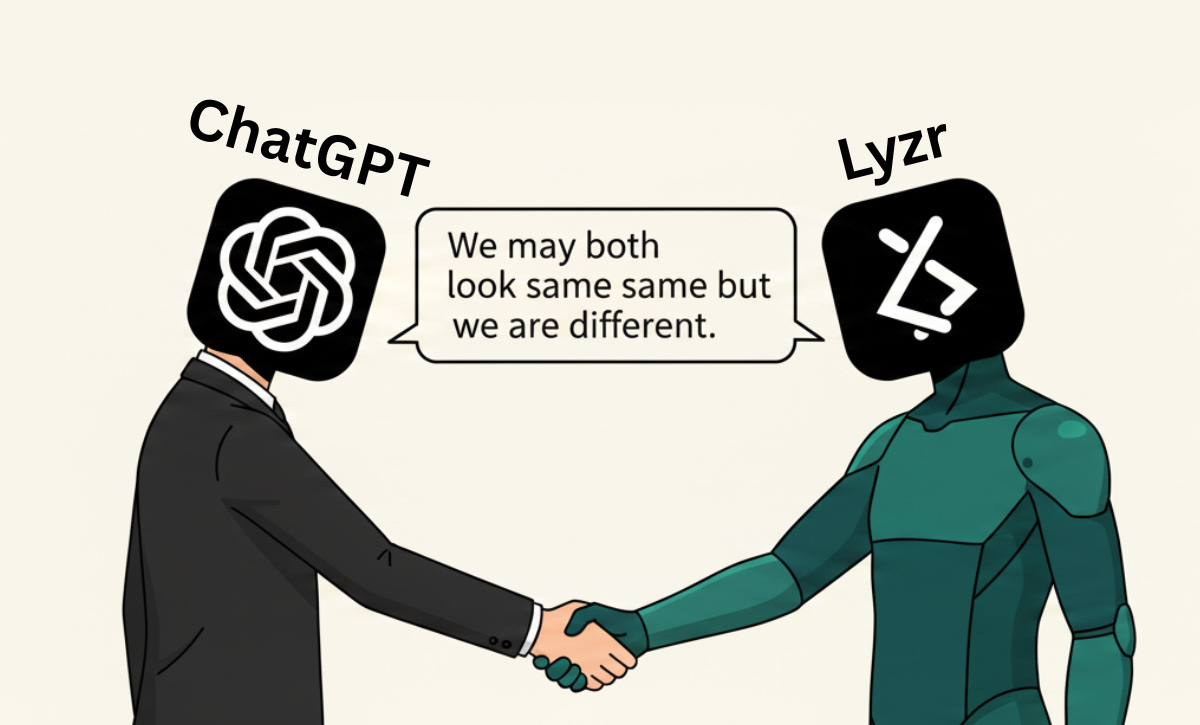Agents are not designed to please you. They are designed to work reliably.
Stop expecting agents to smile back like ChatGPT - they’re factory robots, and if the bolt doesn’t fit, they shut down the line.
Here’s the recurring mistake I see in enterprises and startups alike: teams prototype in a chat box, then expect the same vibes-based success from production agents. ChatGPT will try to give you something - anything. Agents are built to do a job to spec, and when the spec isn’t met, the right outcome is a red light.
That mismatch destroys confidence early. A pilot fails, and leaders decide “agents don’t work.” They usually do. What’s broken is the design, the spec, and the orchestration around them.
After building thousands of agents for Fortune 100 teams, startups, and even my mom’s daily workflows, the pattern is clear: agents are a 0–1 system. Either the task meets acceptance criteria or it doesn’t. Treat them accordingly.
What's New
- Teams keep porting ChatGPT experiments into agents and are shocked when the agent “fails” instead of improvising.
- Single, do-everything agents underperform; splitting into 2–3 focused agents raises reliability.
- Small prompt and test adjustments often flip outcomes from red to green without changing the model.
- Orchestration, not raw capability, is usually the bottleneck - handoffs, state, tools, and guardrails matter more than model choice.
- Across thousands of builds, the root causes are design and prompting, not the idea of agents itself.
Why This Keeps Surprising Teams
Chat is a conversation. Agents are procedures. ChatGPT is optimized to be helpful in a broad sense, which means it guesses gracefully and fills gaps. An agent is optimized to deliver a specific result, which means it should halt if a precondition isn’t met or a tool fails. Failure isn’t a bug; it’s the signal that your spec or decomposition isn’t tight enough.
Most “agent failures” are really product failures. You asked one agent to ingest, extract, reconcile, reason, write, and verify - then blamed the agent when it choked. Break the job into work cells: one agent to fetch and normalize data, one to reason, one to verify against rules. Add clear inputs, acceptance tests, and a retry/escalation path. Now you’ve built a system, not a hope.
Strategic Implications
- Bold QA beats clever prompts. Define acceptance criteria, golden test cases, and failure modes before launch. Measure task completion, precision, and time-to-resolution - not “how good did it sound.” When an agent fails, you want a crisp reason code, not vibes.
- Decompose like microservices. Design narrow agents with explicit contracts and tool scopes, then orchestrate the handoffs. Smaller agents load faster, fail cleaner, and compound reliability. Monoliths look neat in a slide, then melt under real inputs.
- Orchestrate the boring parts. Add state management, idempotent actions, retries, and human-in-the-loop at choke points. A simple checklist or state machine wrapped around the agent often does more than swapping to the “latest model.”
- Build a failure budget and escalation path. Decide what gets auto-retried, when to fall back to a simpler path, and when to hand off to a human. Track failure classes over time; most will be solvable with prompt tweaks, data validation, or a new sub-agent.
If you’re disappointed that agents don’t “try their best,” you’re judging a forklift by its bedside manner - give it a clear spec, the right attachments, and a safe route, and it will lift more than any chat ever could
.


